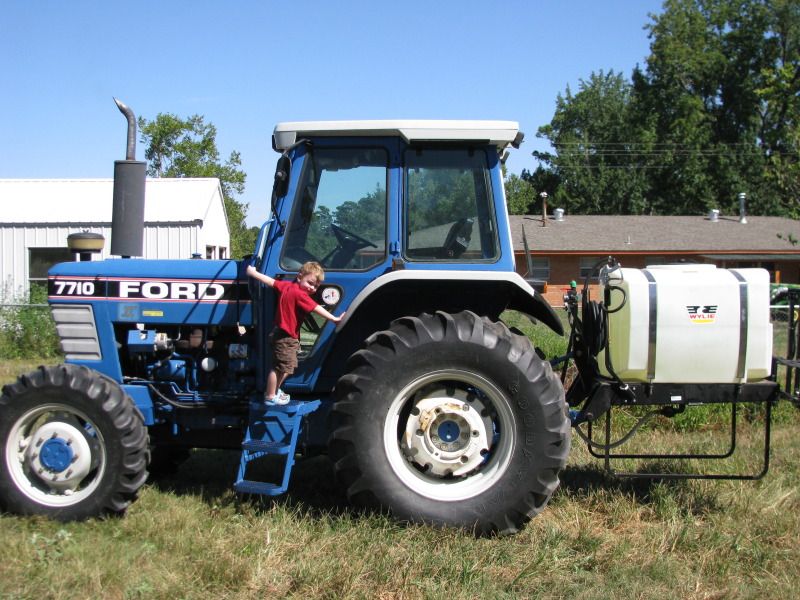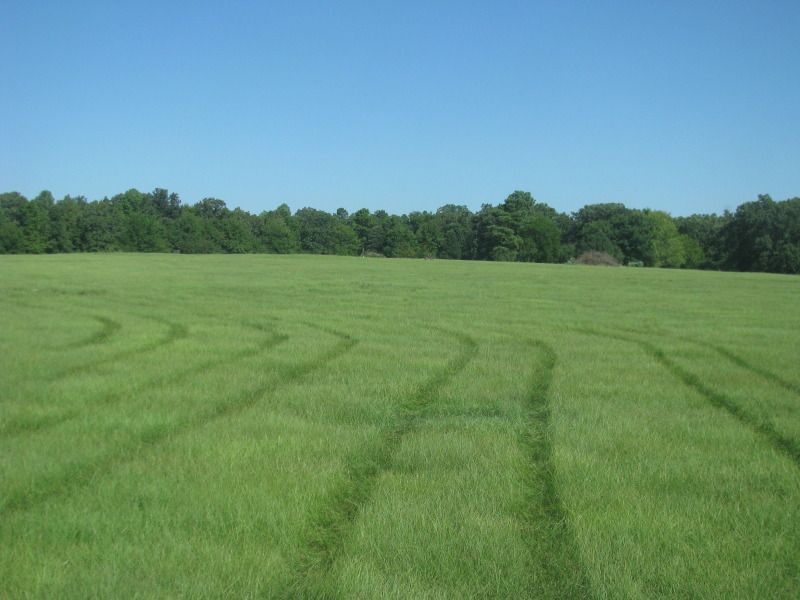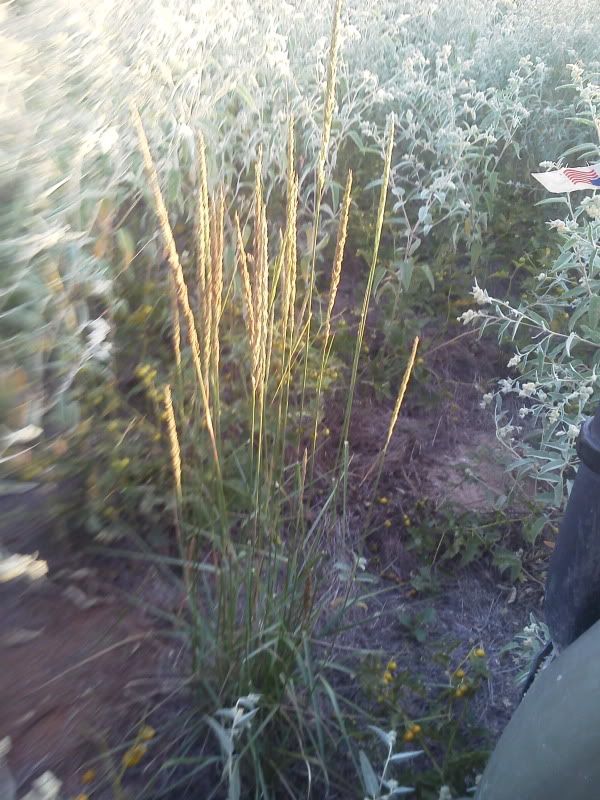pharmvet
Platinum Member
- Joined
- Sep 28, 2008
- Messages
- 533
- Location
- North East TX
- Tractor
- Ford 7710 II FWA, NH TB110 FWA w/ NH 46LB loader, JD 5303 2wd w/ loader
Econometrics, I see that you are in East Texas. May I ask where? In in Red River county NE Texas. 2 years ago, I put 25 acres into a Native Grass restoration project. The pasture I am attempting to restore was composed of Bahia and Bermuda. Followowing the advice of my wildlife biologist, I first sprayed my field with Roundup (I used generic version - Mad Dog) in June or July, about 2 weeks after I had cut it for hay. I got a little rain and the grass got up about 2-3 inches and was growing very well. It is at this stage that it is most efficiently killed with chemical. Anyway, my pasture turned brown after about 3 weeks. I had a few streaks, but for the most part, I killed it pretty good. The following spring (March) I borrowed the TP&W no till seeder and drilled in the native grass (Big and Little Bluestem, Alamo switch Grass, Indian Grass, etc (Bunch Grass)) As fate would have it, the last 2 summers have been the driest in recent history. Last spring I had an amazing stand of volunteer Ryegrass, (which I cut before warm season grass came in) , followed by a small forest of Goat Weed (Croton, Dove Weed) I shredded the goat weed this fall (October) During the shredding process, I did find some small patches of the native stuff, but not nearly what I had hoped. I have heard from many (regarding native grass restoration) The first year it sleeps, the second year it creeps, and the third year it leaps. Well, this will be my third year. I cant wait to see what happens. If I do not get an acceptable stand this year, it will be declared a failure and I will be relieved of my obligation in the program. If I have to do it again, I think I will spray first, thin disc, disc, disc and prepare a good firm seed bed before I plant.








Last edited:



